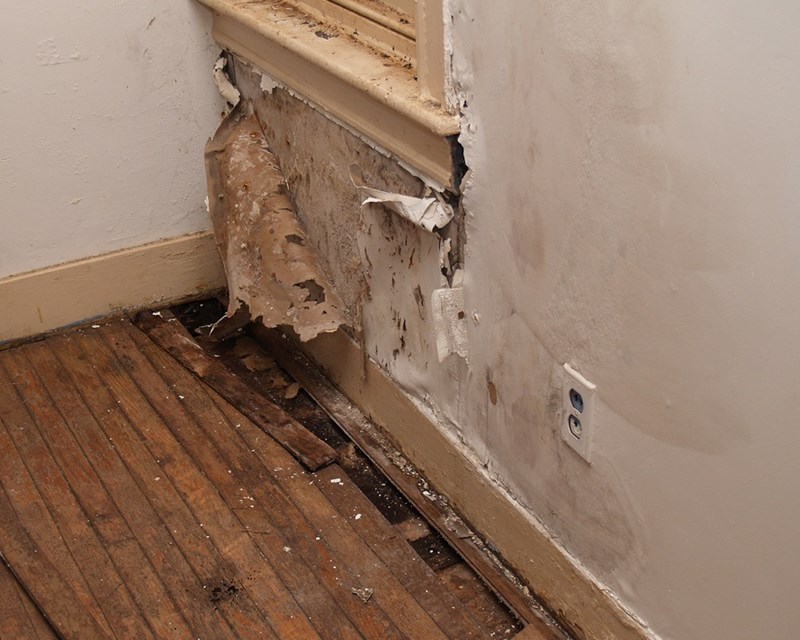Common Sources Of Water Damage in a Bathroom
Common Sources Of Water Damage in a Bathroom
Blog Article
They are making several great pointers on Looking for Signs of Water Damage in the Bathroom as a whole in this content just below.

The bathroom is extremely prone for damp accumulation and also prospective water damage as a result of the regular use of water in it. This write-up uses easy inspection strategies to assist detecting water damages risks.
The frequent use water in the restroom makes it extremely prone for moist buildup as well as possible water damages. By inspecting it consistently, you can lower water associated damages.
The adhering to collection of assessments is easy to carry out as well as should be done as soon as in every three months in order to maintain your restroom healthy as well as to stop prospective water problems triggered by the bath tub, the shower, pipe joints and also plumbing, sinks, cupboards, and also the toilet
Do not forget carrying out these examinations and be detailed while performing them. Remember that these simple assessments can conserve you a lot of money by giving early indicators for water damages
Sinks as well as Cabinets
Sinks and also cabinets are subjected to dampness and moisture day-to-day and also are frequently ignored. Evaluate regularly under the sink as well as on the counter top over it. Fix any kind of drip in the trap as it may suggest drainpipe troubles. Look around the sink, slow draining pipes might suggest an obstructed drainpipe. Replace sink seals if they are cracked or loose.
Tub as well as Shower
The shower and also bath tub call for special attention and maintenance. Inspect the ceramic tiles and also change if fractured. Make sure that there is no missing out on grout between the tiles. Examine as well as replace broken caulking at joints where the wall surfaces satisfy the flooring or the tub. Obstructed drains pipes and also pipelines troubles will certainly protect against the bath tub from drying out and also might show significant troubles under the bath tub. Seek advice from a professional immediately to stop architectural damages. Focus on stainings or soft locations around the tub walls as they may indicate an internal leak.
Plumbing
Signs for water damage are tough to identify given that the majority of pipelines are set up inside the walls.
Pay special attention to flooring and also wall surfaces wetness as well as spots as they may indicate an unseen plumbing trouble. Examine wetness levels in adjoining areas too.
The Bathroom
The bathroom is a susceptible water junction. Examine the water lines as well as search for leaks around the commode seat, in the pipe, as well as under the water tank. If you detect any kind of indications of wetness on the floor around the commode, look for leaks in the toilet rim and also storage tank seals.
Be aware that hanging commode dish deodorants increases the opportunities for blockages.
TIPS TO PREVENT WATER DAMAGE IN THE BATHROOM
The average household uses approximately 80-100 gallons of water per person per day. For a family of 4, that's almost 2,500 gallons of water a week! The largest portion of this consumption comes from bathroom use. Flushing the toilet uses the most water, followed by taking a shower or bath. With that much water running through the home, water damage in the bathroom is bound to happen. Knowing how to spot signs of a water leak is essential to preventing long-term damage. This guide provides you with tips to reduce the impact of water damage on your bathroom.
CAUSES OF BATHROOM WATER DAMAGE
Pipe breaks are the most common cause of water damage we see in our daily jobs. The age of a pipe plays a large role in a pipe break as well as corrosion. Over time, the metal begins to break down, allowing water to escape. Frozen pipe breaks are also a concern in the winter months. Toilet overflows caused by paper products or children flushing inappropriate items. Degraded caulking around the toilet or bathtub can allow water seepage, sometimes behind the fixture, into the subfloor or walls. Condensation forms when the water in a pipe is cooler than the air temperature. Beads of water form on the exterior of the pipes, sometimes so much so that the water begins to drip and pool below. Sink or shower backups created by poor drainage. HOW TO PREVENT WATER DAMAGE IN YOUR BATHROOM
Inspect your toilet supply line for worn or frayed hoses and replace them as needed. Winterize your plumbing to prevent a frozen pipe break. Use vent fans to prevent condensation that can lead to mold growth. Routinely check and replace degraded caulking around your toilet or bathtub. Increase the temperature in your toilet tank and insulate your pipes during the warm summer months to keep condensation from forming. Use child safety locks on the toilets. Flush only toilet paper. "Flushable" wet wipes are actually not good for your plumbing system. Additionally, feminine hygiene products should not be flushed. Prevent water from escaping the tub or shower. Make sure shower curtains are in good condition. Inspect shower doors and replace the seal strip if necessary. Wipe up any water that accumulates on the floor and use bath mats. Water left to sit can cause damage to the tiles and flooring. Refrain from using bath products containing heavy oils to avoid a clogged drain.

I recently found that piece on How to Repair and Prevent Bathroom Water Damage when perusing the internet. Liked our piece of writing? Please share it. Help somebody else check it out. Bless you for your time. Visit us again soon.
Schedule A Free Estimate Report this page